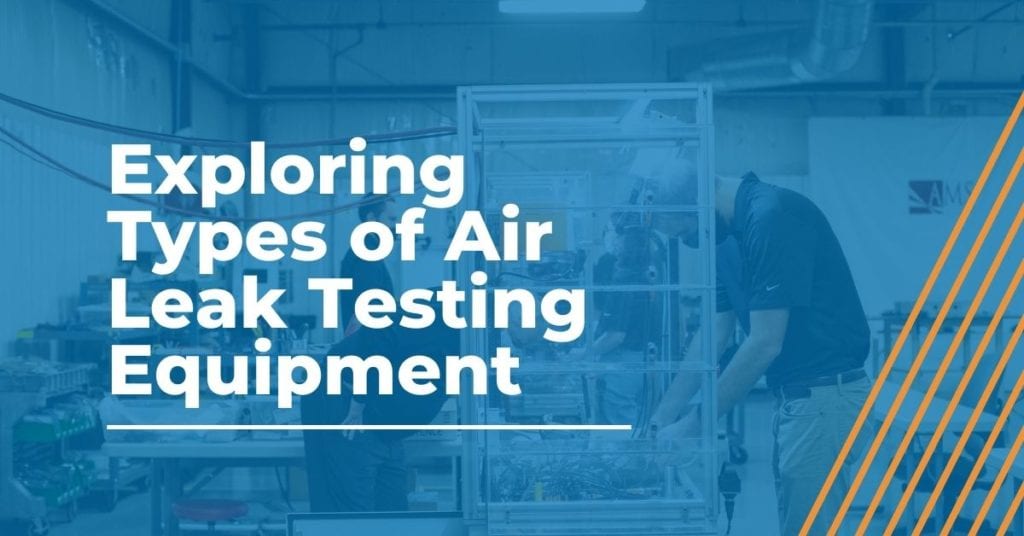
Types of Air Leak Testing Equipment
Air leak testing equipment is used to determine if a product has been manufactured to meet its leak specifications. Everything leaks to a certain degree, but the leak specifications are set to meet the end use requirements. Leak testing is an effective quality assurance practice that can detect failed seals, microscopic holes and other defects. In production, if the leak specifications aren’t met the product will not be delivered. In development, leak testing can also be used to influence product designs or manufacturing processes.
Air Leak Testing Principles
Air leak testing is clean, inexpensive, fast and highly repeatable. It can be used to test automotive, medical, consumer and plastic products. The defect sizes and pressure units are dependent on the specifications of the product. Defect sizes can be detected down to 0.2 micron levels. Pressure units are usually measured in pounds per square inch (psi).
Air leak testing can be used for products that will hold gas and liquid. Air leak testing is cheaper and faster than bubble/submersion testing. Additionally, air is more viscous than water, making air tests more sensitive to leaks than a water test.
Types of Air Leak Testing Equipment
There are several types of air leak testing systems available to perform a quality assurance test. The most common types are pressure decay, vacuum decay and mass flow.
Pressure Decay
A pressure decay is a simple test that measures the loss of pressure in a unit over a set period of time. This is done by filling the unit until it hits a certain pressure target and then cutting off the air source. After the predetermined period of time is up, the air pressure is measured again and if it’s lower than the pressure target, that indicates there is a leak. The target pressure and period of time are predetermined as part of the quality control procedure.
Vacuum Decay
A vacuum decay leak test is also a cost effective way to identify a leak. This test is often used to test packaging solutions for food/beverage, industrial and medical/pharmaceutical products. The unit is placed in a test chamber with an external vacuum. The external vacuum is turned on until a predetermined pressure is reached. Just like the pressure decay, any change in pressure indicates there is a leak.
Vacuum decay testing can also be performed directly on the part. This method has the advantage of not requiring an external test chamber and often helps with the problem of how to seal the openings in the part.
Mass Flow Leak Testing
Mass flow leak testing is another accurate testing technique that measures the flow of air/gas to determine if there are any leaks. The part being tested is connected to a pressure supply and raised to a predetermined level. Any leaks are identified by a difference in the input/output pressure, measured by a flow meter. Mass flow testing can also detect the presence of blockages in parts that are not supposed to be there.
Choose the Right Air Leak Testing Equipment
Pressure decay testing is great for detecting small leaks and is easy and inexpensive to implement. However, the calibration must be precise, making it hard to test a great variety of parts. Mass flow testing does not need to be recalibrated for different parts, making it a good choice for a low volume/high mix manufacturing environment. That said, it does require additional equipment so it can be more costly to implement.
At AMS, we have proven air leak testing designs that we can customize to fit your application’s needs. Between our design expertise and our successful 17-step process, our engineers can solve any leak testing automation challenge. Book an appointment today or download one of our air leak test datasheets to learn more.
